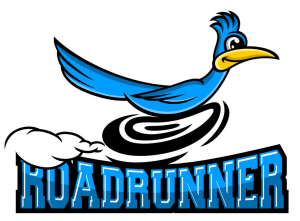Risk Management - A Shift in Thinking: The Shift in Thinking: Part Two
Schedule in What Came Out
The focus on releasing jobs as soon as possible is replaced with the timing of job (and material) release is synchronised with the schedule of the constraint
Status Quo
Managers tend to shove work into the system, under the belief that it will make the system produce more. As a result, they keep adding more jobs to work in progress, adding more pressure, hoping to drive up output. Staff become overloaded and the ‘lates’ become later.
New Paradigm
Drum Buffer Rope (DBR) injections are added. Managers schedule in the queue relative to what came out of the queue, to ensure smooth flow of work and prevent staff from being overloaded. Work in progress is reduced.
Resource Rising Queues
The focus on assigning resources to clear the largest queue is replaced with resource the (fastest) rising queue, not the largest queue
Status Quo
Surges of work sometimes cause wandering bottlenecks, and a large queue in front of the current bottlenecked resource. This surging means that there is potential for starvation downstream at the constraint (in the case of pre-constraint).
New Paradigm
Managers resource rising queues and let falling queues fall. They then proceed to dampen the surge and increase stability. Resourcing the rising queue will calmly guide the surge.
Road Runner
The focus on giving idle resources work to do (make work, or get ahead work) is replaced with work when you have work, when you don't have work, stop
Status Quo
Staff look for more work to do when they are finished; staff pull work forward, invent work to do, take longer to do more work. Idle time is perceived as negative.
New Paradigm
“Work when you have work, stop when you don’t.” Idle time is not perceived as negative. Staff are on standby and ready to act to support the constraint when required.
